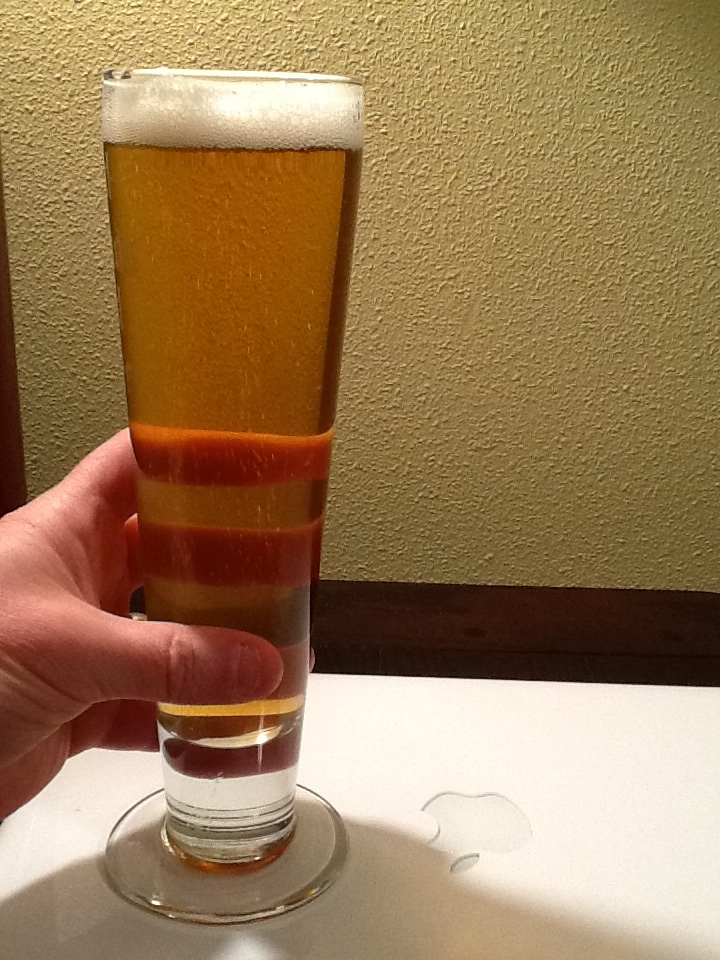Brettomomyces
LHBS Curmudgeon
An STC 1000+ is probably in my future, I use a standard STC 1000 now and do everything manually. I don't mind too much, I like checking in on everything, but that would be a lot easier and simpler.
I brewed what is now a Helles (was supposed to be a pils, came out a touch sweet) at the same time as the czech pils, I'll have to post a pic of that guy later, it's just as pretty.
I brewed what is now a Helles (was supposed to be a pils, came out a touch sweet) at the same time as the czech pils, I'll have to post a pic of that guy later, it's just as pretty.





